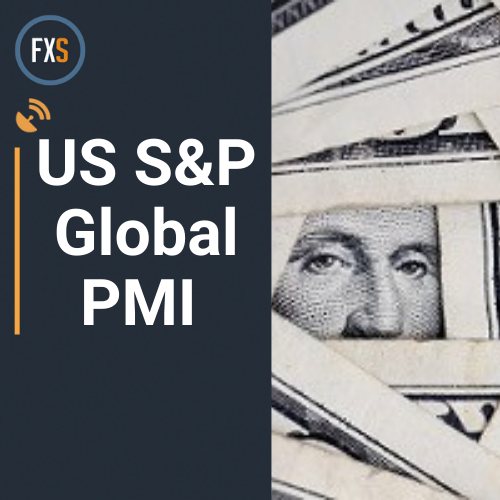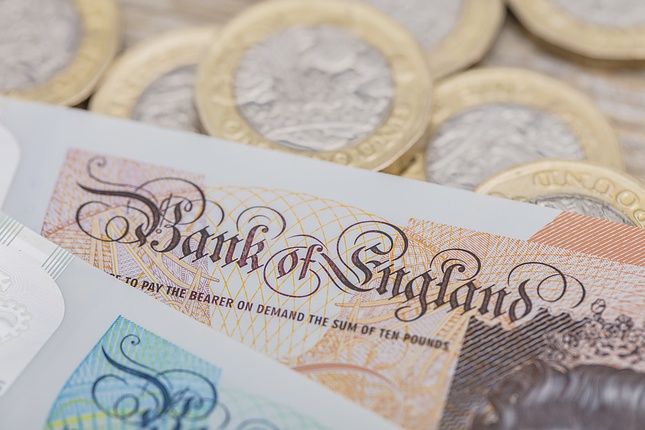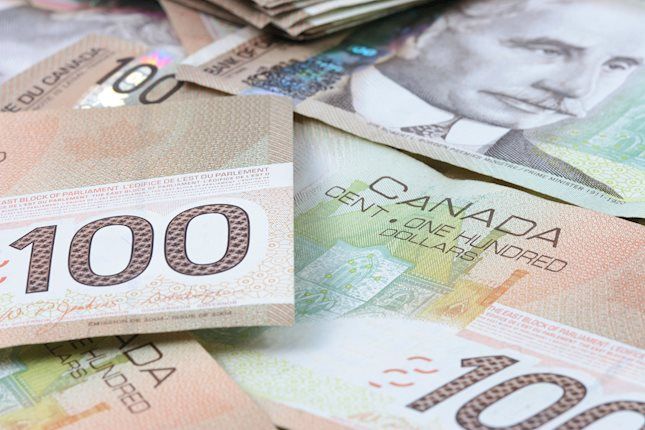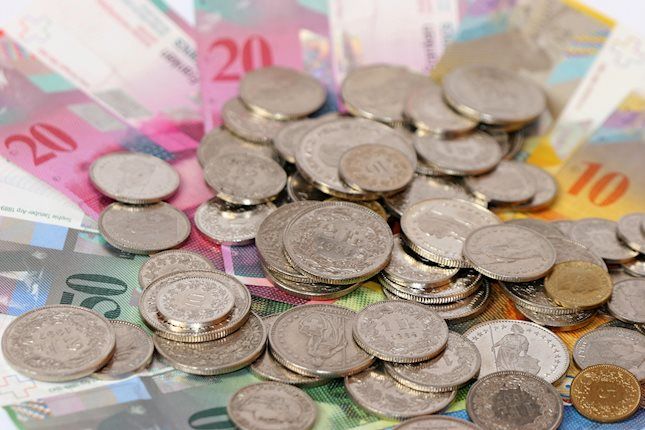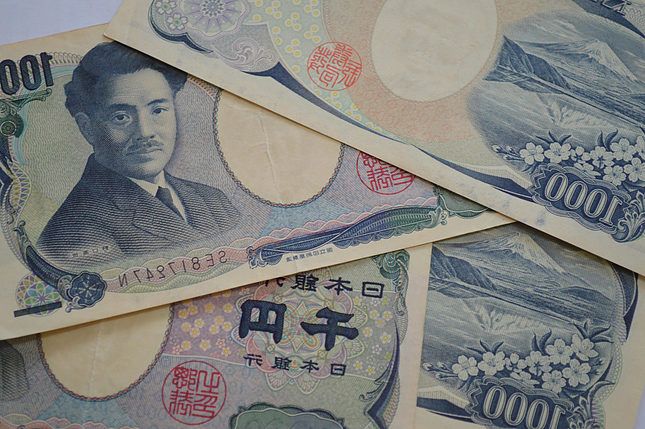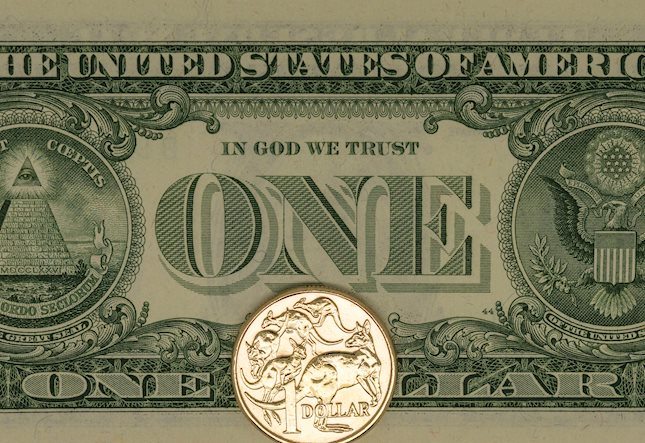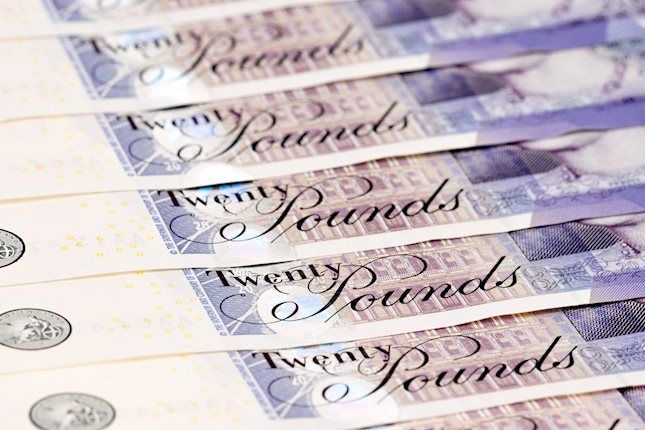Gold price maintains its bid tone above $2,730 level, bulls seem non-committed
- Gold regains positive traction and reverses a part of the previous day's retracement slide.
- Geopolitical risks and the US political uncertainty benefit the safe-haven precious metal.
- Retreating US bond yields prompts USD profit-taking and also underpins the commodity.
Gold price (XAU/USD) attracts some dip-buying on Thursday and reverses a part of the previous day's retracement slide from the $2,760 area, or a fresh all-time peak. The risk of a further escalation of geopolitical tensions in the Middle East, along with the US political uncertainty, turns out to be key factors offering some support to the safe-haven commodity. Furthermore, a modest pullback in the US Treasury bond yields prompts some US Dollar (USD) profit-taking slide and further benefits the non-yielding yellow metal.
The intraday move up pushes the Gold price to the $2,736-$2,737 area during the early European session, though expectations of a less aggressive policy easing by the Federal Reserve (Fed) keep a lid on any further gains. Furthermore, concerns about bigger fiscal deficits after the November 5 US Presidential election should limit the downside for the US bond yields. This, in turn, warrants some caution before placing fresh bullish bets around the XAU/USD and positioning for the resumption of the recent well-established uptrend.
Daily Digest Market Movers: Gold price remains supported by anxiety over US election, Middle East tensions
- The US Dollar and the US Treasury bond yields shot to their highest level in three months, triggering an intraday profit-taking slide in the Gold price on Wednesday.
- The incoming robust US macro data suggested that the economy remains on strong footing and dampened hopes for a more aggressive easing by the Federal Reserve.
- Furthermore, the recent comments from a slew of influential Fed officials suggested the central bank will proceed with modest interest rate cuts over the next year.
- The CME Group's FedWatch Tool indicates that traders are pricing in over a 90% chance that the Fed will lower borrowing costs by 25 basis points in November.
- Meanwhile, the odds of former President Donald Trump winning the November 5 US Presidential election fuel speculations about the launch of inflation-generating tariffs.
- Investors remain concerned that the spending plans of both Vice President Kamala Harris and the Republican nominee Donald Trump will further increase the deficit.
- The Israeli military carried out air strikes in southern Lebanon and Beirut’s suburbs after Hezbollah fired rockets at two bases near Tel Aviv and west of Haifa.
- This comes on top of the impending Israeli strike against Iran, in retaliation to the latter's ballistic missile attack on October 1 and lends support to the XAU/USD.
Technical Outlook: Gold price might struggle to capitalize on intraday gains, $2,700 holds the key for bulls
From a technical perspective, the overnight breakdown below a short-term ascending trend-channel support could be seen as a fresh trigger for bearish traders. Moreover, negative oscillators on hourly charts suggest that the path of least resistance for the Gold price is to the downside. That said, it will still be prudent to wait for a convincing break below the $2,700 mark before positioning for any further losses. The XAU/USD might then accelerate the corrective decline towards the $2,685 intermediate support en route to the $2,672-2,670 strong horizontal resistance breakpoint.
On the flip side, the ascending channel support breakpoint, around the $2,730-2,732 area, now seems to act as an immediate hurdle. The next relevant resistance is pegged near the $2,750 region, above which the Gold price could resume its well-established uptrend and climb further towards the $2,770-2,775 zone before aiming to conquer the $2,800 round-figure mark.
Gold FAQs
Gold has played a key role in human’s history as it has been widely used as a store of value and medium of exchange. Currently, apart from its shine and usage for jewelry, the precious metal is widely seen as a safe-haven asset, meaning that it is considered a good investment during turbulent times. Gold is also widely seen as a hedge against inflation and against depreciating currencies as it doesn’t rely on any specific issuer or government.
Central banks are the biggest Gold holders. In their aim to support their currencies in turbulent times, central banks tend to diversify their reserves and buy Gold to improve the perceived strength of the economy and the currency. High Gold reserves can be a source of trust for a country’s solvency. Central banks added 1,136 tonnes of Gold worth around $70 billion to their reserves in 2022, according to data from the World Gold Council. This is the highest yearly purchase since records began. Central banks from emerging economies such as China, India and Turkey are quickly increasing their Gold reserves.
Gold has an inverse correlation with the US Dollar and US Treasuries, which are both major reserve and safe-haven assets. When the Dollar depreciates, Gold tends to rise, enabling investors and central banks to diversify their assets in turbulent times. Gold is also inversely correlated with risk assets. A rally in the stock market tends to weaken Gold price, while sell-offs in riskier markets tend to favor the precious metal.
The price can move due to a wide range of factors. Geopolitical instability or fears of a deep recession can quickly make Gold price escalate due to its safe-haven status. As a yield-less asset, Gold tends to rise with lower interest rates, while higher cost of money usually weighs down on the yellow metal. Still, most moves depend on how the US Dollar (USD) behaves as the asset is priced in dollars (XAU/USD). A strong Dollar tends to keep the price of Gold controlled, whereas a weaker Dollar is likely to push Gold prices up.
Forex News
Keep up with the financial markets, know what's happening and what is affecting the markets with our latest market updates. Analyze market movers, trends and build your trading strategies accordingly.

